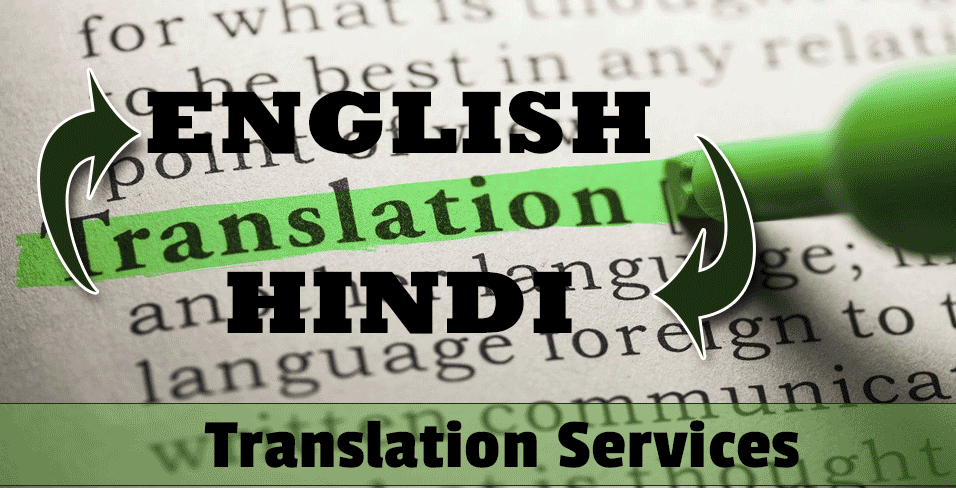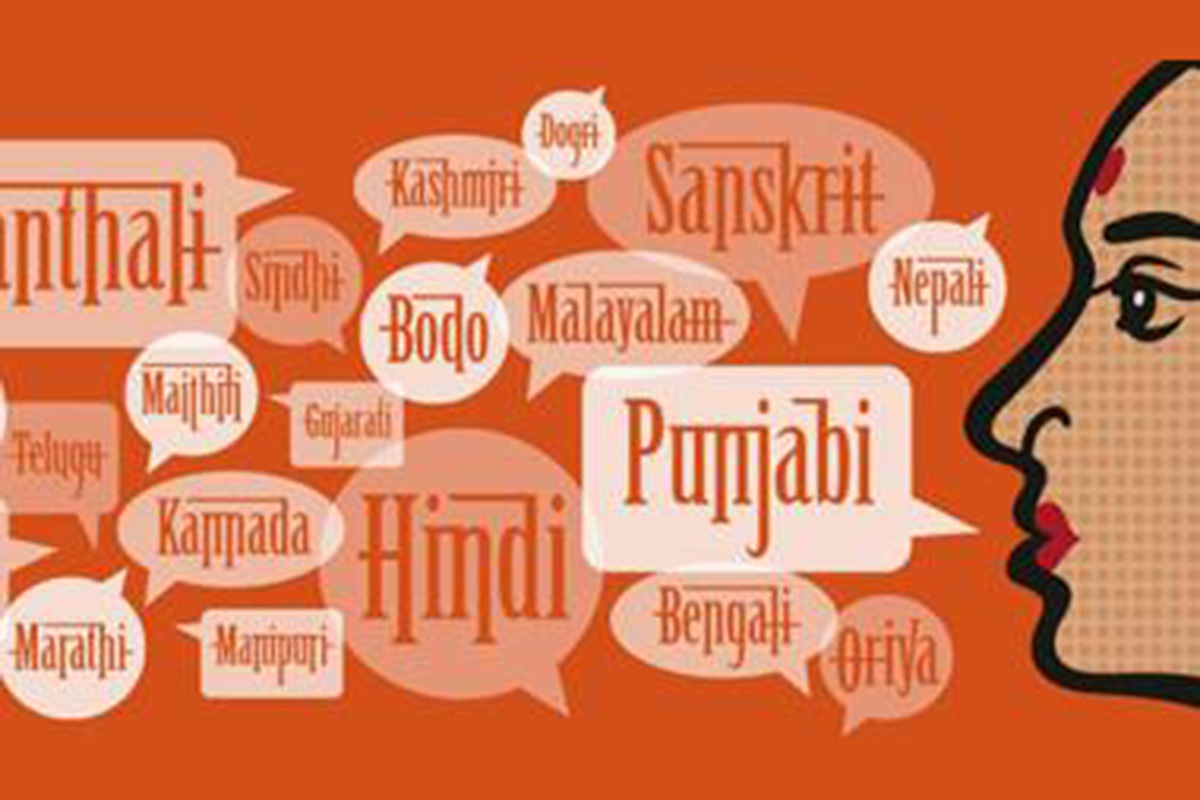Introduction:

In a world marked by linguistic diversity, translation emerges as a cornerstone for effective communication and understanding across cultural and linguistic boundaries. Among the myriad languages spoken globally, Hindi and English hold particular significance due to their widespread use and influence. This essay delves into the multifaceted functions of Hindi and English translation, examining how these processes contribute to bridging gaps in communication, fostering cultural exchange, promoting economic growth, enhancing educational access, and serving diplomatic and international relations.
-
Bridging Communication Gaps:
Translation plays a pivotal role in bridging communication gaps that arise from linguistic diversity. English, as a global lingua franca, serves as a common medium of communication for people from various linguistic backgrounds. However, not everyone is proficient in English, and this is where translation becomes indispensable. Hindi, being one of the most spoken languages globally, plays a crucial role in connecting with a significant portion of the world’s population.
The translation function becomes apparent in everyday communication, whether it involves translating business emails, official documents, or casual conversations. Individuals and businesses often rely on English to Hindi and Hindi to English translation to ensure that their messages are accurately conveyed, fostering effective cross-cultural communication.
-
Cultural Exchange and Understanding:
Languages are carriers of culture, and translation facilitates the exchange of cultural ideas, expressions, and values between Hindi and English-speaking communities. Literary works, films, and other forms of cultural expression can be shared and appreciated more widely through translation. For instance, translating classic Hindi literature into English allows a global audience to experience the richness of Indian literary traditions, while translating English works into Hindi opens up avenues for cultural enrichment and understanding.
Furthermore, translation helps preserve cultural nuances and context. It ensures that idioms, metaphors, and cultural references are accurately conveyed, preventing the loss of meaning that can occur when moving between languages. In this way, translation becomes a cultural bridge, fostering mutual respect and appreciation.
-
Economic Growth and Trade:
In the realm of international commerce, English serves as a dominant language for negotiations, contracts, and business transactions. For Hindi-speaking regions, effective translation from Hindi to English and vice versa becomes imperative for businesses to navigate the global market. The translation of marketing materials, product descriptions, and legal documents is essential for reaching a wider audience and establishing a global footprint.
Additionally, translation supports economic growth by facilitating trade and investment. English to Hindi translation is crucial for international businesses looking to enter the Indian market, ensuring that their products and services are presented in a culturally sensitive and appealing manner. Conversely, Hindi to English translation enables Indian businesses to communicate with a global customer base, unlocking new opportunities for growth.
-
Educational Access and Knowledge Dissemination:
The role of translation in education is instrumental, particularly in regions where Hindi and English are significant languages of instruction. English is often the medium of instruction in higher education and research, making translation from English to Hindi essential for students to engage fully with academic materials. Conversely, translating educational content from Hindi to English broadens the reach of knowledge and research findings, contributing to a more inclusive and diverse academic landscape.
The translation function extends beyond textbooks to encompass online courses, research articles, and scholarly publications. By making educational resources accessible in both languages, translation facilitates a more equitable distribution of knowledge, empowering individuals to pursue learning opportunities irrespective of their linguistic background.
-
Diplomacy and International Relations:

Translation is the backbone of diplomatic and international relations, enabling effective communication between nations. English, as the predominant language in diplomacy, requires accurate translation to and from Hindi and other languages to ensure clarity in negotiations, treaties, and diplomatic agreements. In a multilingual world, translation is not merely a linguistic necessity but a diplomatic imperative.
Furthermore, diplomatic translations involve nuances that go beyond mere language proficiency. Translators must navigate cultural sensitivities, political implications, and diplomatic subtleties to convey messages accurately. The effectiveness of international diplomacy often hinges on the precision and cultural awareness embedded in diplomatic translations between Hindi and English.
- Technological Advancements and Innovation:
In the rapidly evolving landscape of technology and innovation, English often takes center stage. Programming languages, technical documentation, and scientific research are predominantly conducted in English. However, for Hindi-speaking regions, the translation of technical content becomes critical for the integration of technological advancements.
English to Hindi translation in the realm of technology is not limited to coding and programming but extends to user interfaces, software manuals, and tech support. This ensures that individuals in Hindi-speaking communities can harness the full potential of technological innovations, fostering digital inclusion and participation in the global technological landscape.
- Media, Entertainment, and Cultural Representation:
Translation plays a vital role in the global dissemination of media and entertainment content. English-language movies, television shows, and music often gain international acclaim, and translation into Hindi allows a broader audience to enjoy and appreciate this cultural output. Similarly, translating Hindi films, music, and literature into English enhances the representation of Indian culture on the global stage.
The translation function in media goes beyond language conversion; it involves cultural adaptation. Translators must navigate cultural nuances, humor, and idiomatic expressions to ensure that the essence of the content is preserved. This cultural adaptation contributes to a more nuanced and authentic representation of diverse cultures in the global media landscape.
- Legal Implications and Access to Justice:
Legal systems operate in diverse linguistic environments, and translation is paramount for ensuring access to justice. In regions where both English and Hindi are used in legal proceedings, accurate translation of legal documents, contracts, and court proceedings is essential. This guarantees that individuals, regardless of their language proficiency, can understand their rights and obligations, fostering a fair and inclusive legal system.
Legal translation requires precision and attention to detail, as the mistranslation of legal terms can have far-reaching consequences. Whether it involves contracts, legislation, or court judgments, the role of translation in the legal domain is indispensable for upholding the principles of justice and the rule of law.
- Tourism and Hospitality Industry:
The tourism and hospitality industry relies heavily on effective communication to provide services to a diverse clientele. English serves as the universal language for communication between tourists and service providers. However, translating information, guides, and services into Hindi enhances the experience for tourists visiting Hindi-speaking regions.
Conversely, translating promotional materials, travel guides, and hospitality services from Hindi to English attracts a broader range of tourists, contributing to the growth of the tourism sector. This bidirectional translation ensures that cultural nuances are respected, fostering positive interactions between tourists and the local community.
- Social and Community Development:
In social and community development initiatives, translation plays a pivotal role in ensuring that information, resources, and services are accessible to all members of a community. From healthcare information to government programs, translating content between Hindi and English ensures that diverse communities are well-informed and can actively participate in social and developmental activities.
This inclusivity is particularly significant in addressing issues such as public health, education, and social welfare, where effective communication is essential for positive outcomes. Translation supports community-driven development by breaking down language barriers and empowering individuals to engage in decision-making processes that affect their lives.

Conclusion:
In conclusion, the functions of Hindi and English translation are myriad and extend across various domains, from communication and culture to economics, education, diplomacy, technology, and beyond. The interconnectedness of the world demands a nuanced understanding of the role translation plays in fostering collaboration, mutual understanding, and cultural exchange.
The dynamic interplay between Hindi and English, with translation as the linchpin, contributes to the enrichment of global discourse and the preservation of linguistic and cultural diversity. As societies continue to evolve, recognizing and appreciating the multifaceted functions of translation becomes imperative for building bridges, fostering harmony, and cultivating a global community that thrives on inclusivity, respect, and shared knowledge.
